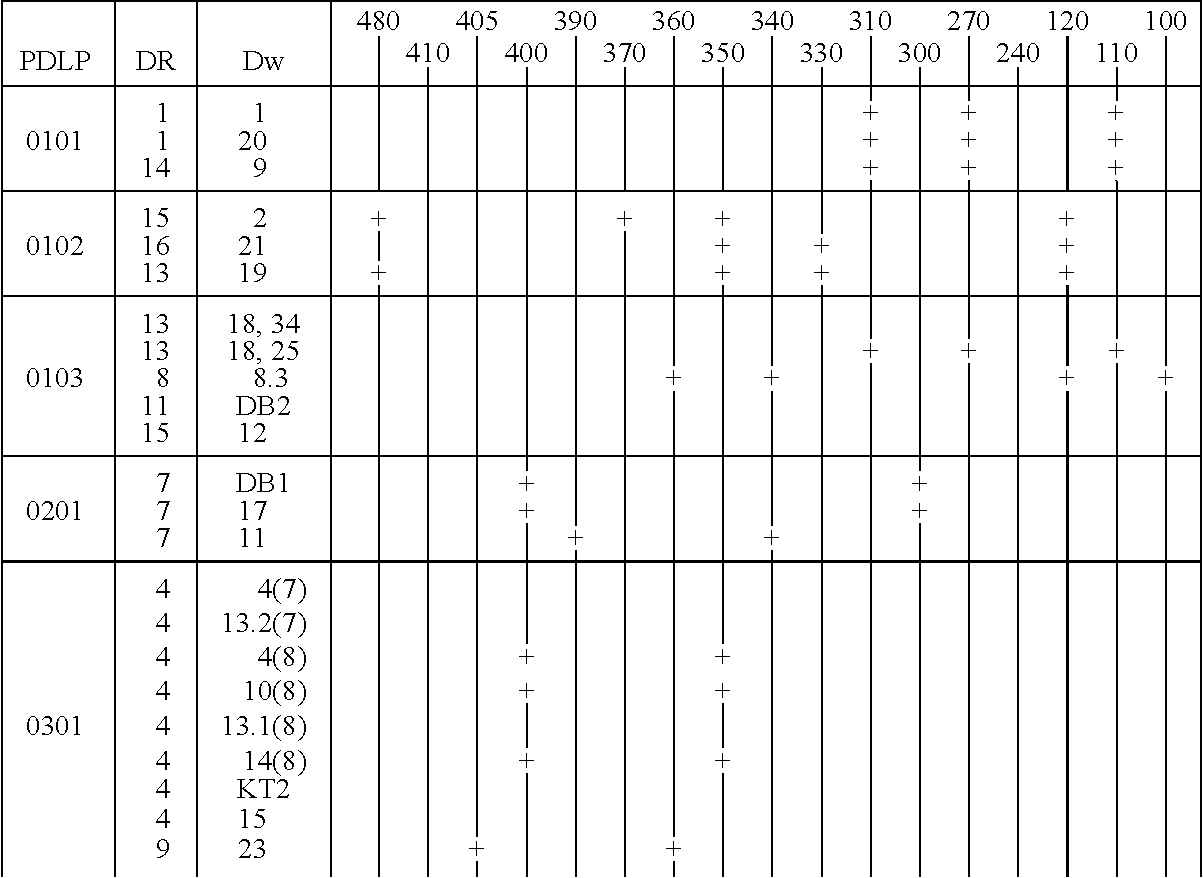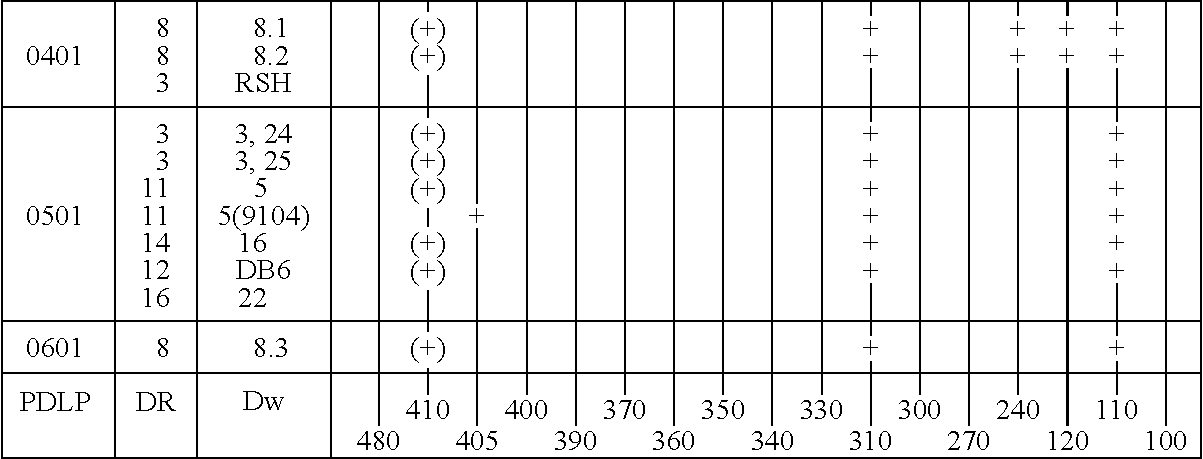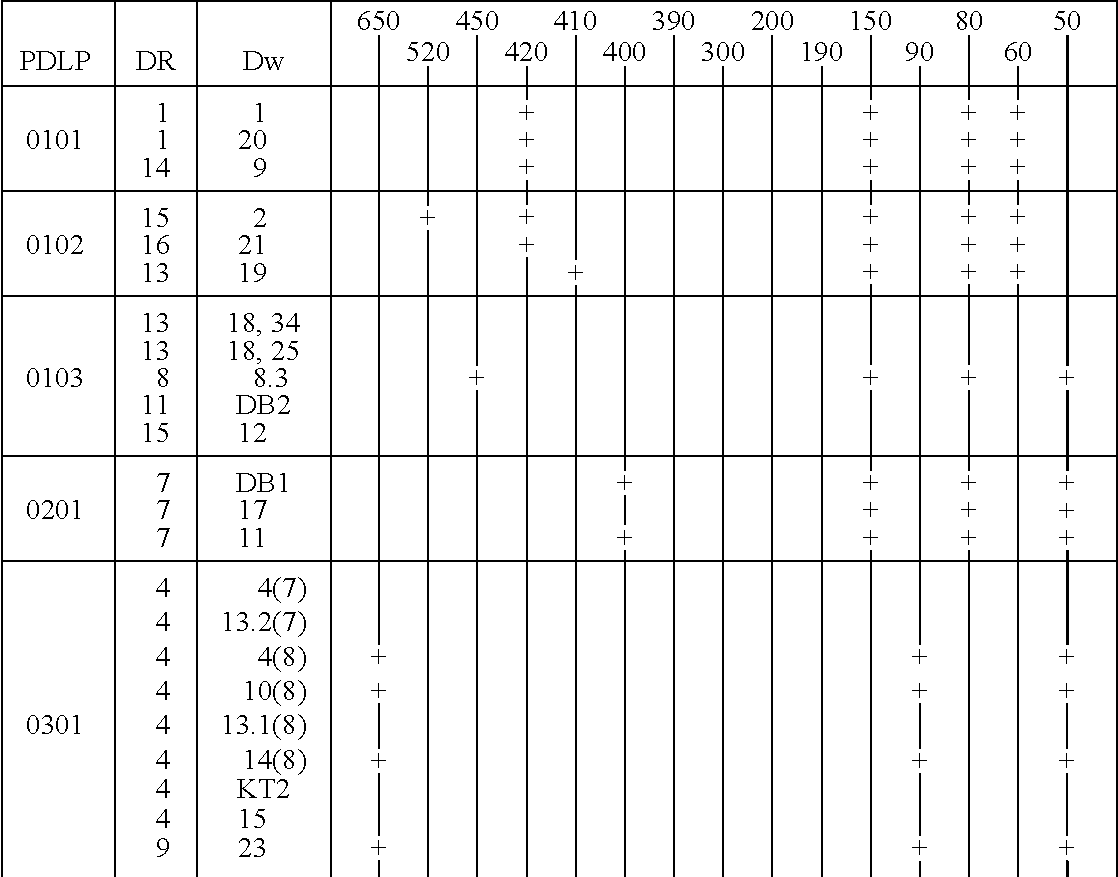Intron sequence analysis method for detection of adjacent and remote locus alleles as haplotypes
a technology of intron sequence and analysis method, which is applied in the field of intron sequence analysis method for detection of adjacent and remote locus alleles as haplotypes, can solve the problems of rare individual-limited variation, genetic rearrangement, and region not contributing, and only minimally contributing to the effect of variation
- Summary
- Abstract
- Description
- Claims
- Application Information
AI Technical Summary
Benefits of technology
Problems solved by technology
Method used
Image
Examples
example 2
Paternity Testing
[0206] Chorionic villus tissue was obtained by trans-cervical biopsy from a 7-week old conceptus (fetus). Blood samples were obtained by venepuncture from the mother (M), and from the alleged father (AF). DNA was extracted from the chorionic villus biopsy, and from the blood samples. DNA was extracted from the sample from M by use of nonionic detergent (Tween 20) and proteinase K. DNA was extracted from the sample from F by hypotonic lysis. More specifically, 100 .mu.l of blood was diluted to 1.5 ml in PBS and centrifuged to remove buffy coat. Following two hypotonic lysis treatments involving resuspension of buffy coat cells in water, the pellets were washed until redness disappeared. Colorless pellets were resuspended in water and boiled for 20 minutes. Five 10 mm chorionic villus fronds were received. One frond was immersed in 200 .mu.l water. NaOH was added to 0.05 M. The sample was boiled for 20 minutes and then neutralized with HCl. No further purification was...
example 3
Analysis of the HLA DQA1 Locus
[0216] The three haplotypes of the HLA DQA1 0102 locus were analyzed as described below. Those haplotypes are DQA1 0102 DR15 Dw2; DQA1 0102 DR16 Dw21; and DQA1 0102 DR13 Dw19. The distinction between the haplotypes is particularly difficult because there is a one basepair difference between the 0102 alleles and the 0101 and 0103 alleles, which difference is not unique in DQA1 allele sequences.
[0217] The procedure used for the amplification is the same as that described in Example 1, except that the amplification used thirty cycles of 94.degree. C. for 30 seconds, 60.degree. C. for 30 seconds, and 72.degree. C. for 60 seconds. The sequences of the primers were:
7 SGD 001 -- 5' TTCTGAGCCAGTCCTGAGA 3'; and SGD 003 -- 5' GATCTGGGGACCTCTTGG 3'.
[0218] These primers hybridize to sequences about 500 bp upstream from the 5' end of the second exon and 50 bp downstream from the second exon and produce amplified DNA sequences in the 700 to 800 bp range.
[0219] Follow...
example 4
Analysis of the HLA DQA1 Locus
[0231] The DNA of an individual is analyzed to determine which of the three haplotypes of the HLA DQA1 0102 locus are present. Genomic DNA is amplified as described in Example 3. Each of the amplified DNA sequences is sequenced to identify the haplotypes of the individual. The individual is shown to have the haplotypes DR15 DQ6 Dw2; DR13 DQ6 Dw19.
[0232] The procedure is repeated as described in Example 3 through the production of the AluI digest. Each of the digest fragments is sequenced. The individual is shown to have the haplotypes DR15 DQ6 Dw2; DR13 DQ6 Dw19.
PUM
| Property | Measurement | Unit |
|---|---|---|
| Fraction | aaaaa | aaaaa |
| Area | aaaaa | aaaaa |
Abstract
Description
Claims
Application Information
 Login to View More
Login to View More - R&D
- Intellectual Property
- Life Sciences
- Materials
- Tech Scout
- Unparalleled Data Quality
- Higher Quality Content
- 60% Fewer Hallucinations
Browse by: Latest US Patents, China's latest patents, Technical Efficacy Thesaurus, Application Domain, Technology Topic, Popular Technical Reports.
© 2025 PatSnap. All rights reserved.Legal|Privacy policy|Modern Slavery Act Transparency Statement|Sitemap|About US| Contact US: help@patsnap.com



